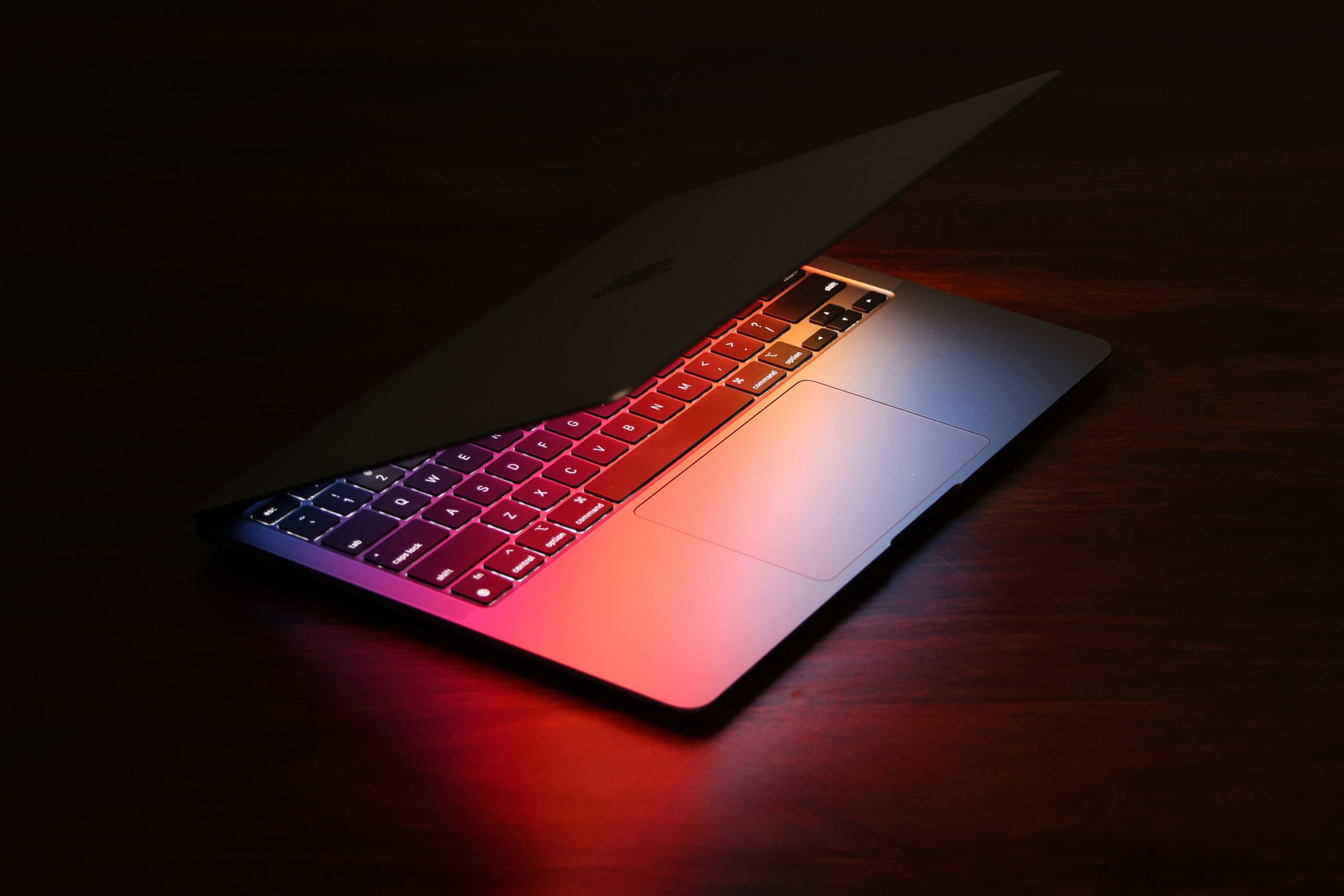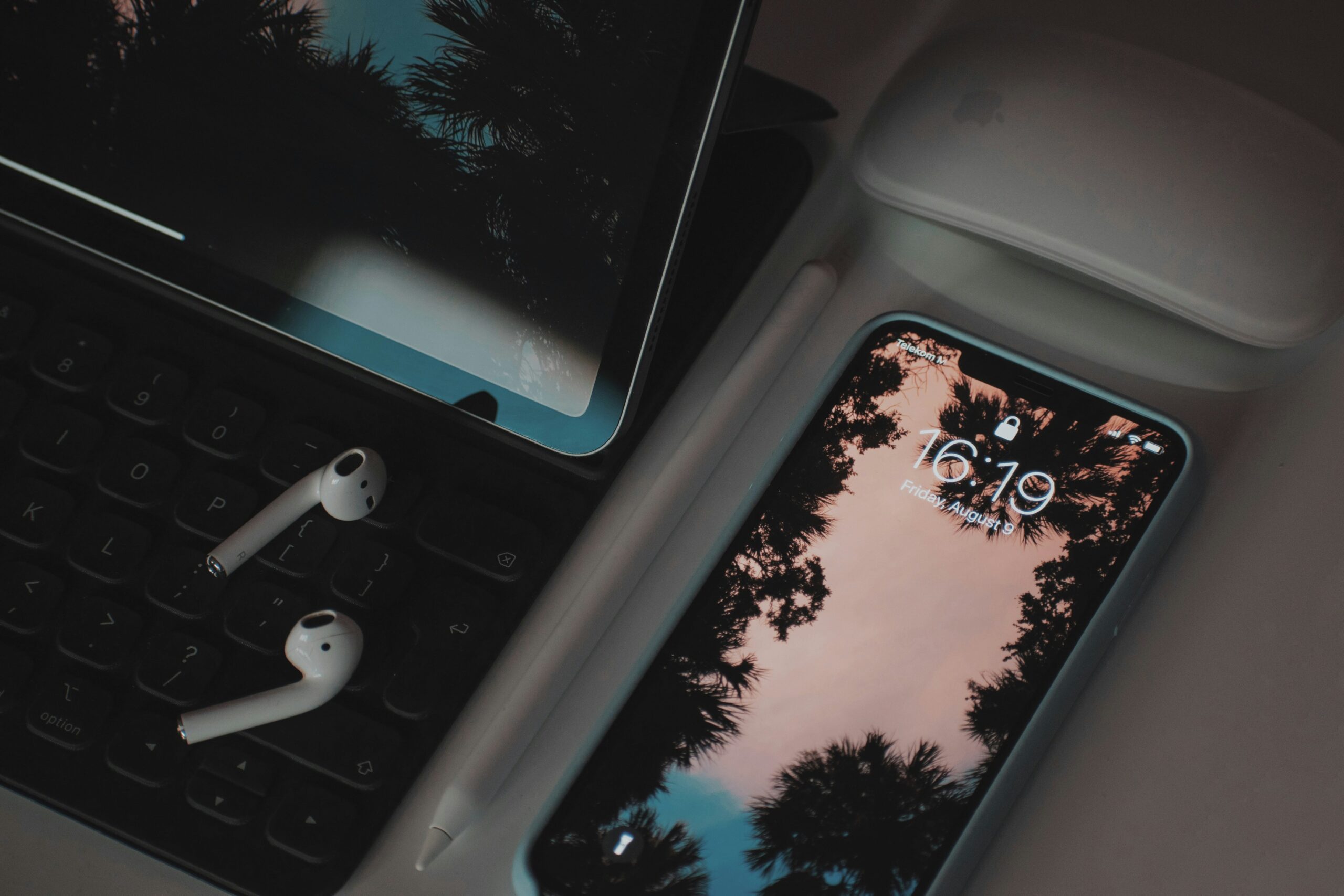
Signs, Fixes, and a Real-Life Story You Shouldn’t Ignore
📖 Real Story: The Day My Laptop Turned Against Me
It was a rainy Thursday morning in Mumbai. Arvind, a wedding photographer with deadlines looming, woke up early to transfer a week’s worth of client footage from his DSLR to his laptop. Coffee in hand, he powered up the device, expecting his usual welcome screen. But something was off. The boot time was unusually slow, and once logged in, files were taking forever to open. Then came the dreaded message: “Drive not found”.
Panic set in.
This wasn’t just a bad start to the day—this was his career, his client’s memories, and his reputation on the line. Arvind didn’t know it yet, but he was experiencing the early stages of hard drive failure. If only he’d recognized the warning signs earlier, he could have backed up everything.
If you’ve ever wondered “How do I know if my hard drive is failing?”, you’re in the right place. This post is your 2,000-word survival guide to spotting the red flags and taking action—before it’s too late.
💡 Why Hard Drives Fail (And Why You Should Care)
Hard drives—whether HDD or SSD—have moving parts or finite write cycles. Over time, these wear out. Failures can result from:
- 🔌 Electrical Surges
- 💾 File System Corruption
- 💥 Physical Damage (like drops)
- 🌡️ Overheating
- 📉 Manufacturing Defects
- 🦠 Viruses or Malware
Most people don’t realize their drive is failing—until they’ve lost everything. So let’s break down the warning signs and how to protect your data (and sanity).
Also Read , How Do I Check My Computer’s Specs?
🚩 Top 10 Signs Your Hard Drive Is Failing
- Frequent System Freezes and Crashes
If your computer crashes while performing basic tasks—or just randomly restarts—your hard drive may be on the way out. Especially if it happens when you’re accessing files or booting up.
- Slow Performance
Programs take unusually long to load. Boot time drags on. File transfers feel like they’re moving at snail speed. This is often due to the drive struggling to read/write data.
- Strange Noises (Clicking, Grinding, Buzzing)
That infamous “click of death” sound? It’s real. Traditional HDDs have moving parts. When they fail, they can make clicking, grinding, or buzzing sounds.
🗣️ Pro Tip: If your hard drive makes weird noises—stop using it and back up your data immediately.
- Files or Folders Disappearing
If files or entire folders go missing—or if they refuse to open—that’s a major red flag. Corrupted sectors or failing read heads can cause data to vanish.
- Error Messages: “File Cannot Be Read” or “Corrupt Data”
Random errors when opening files, especially large ones like videos or databases, suggest your drive is struggling to access the data properly.
- Bad Sectors
Bad sectors are portions of the disk that can’t hold data anymore. Over time, they multiply and make your system unstable.

You can scan for bad sectors using:
- Windows CHKDSK tool
- SMART monitoring software (more on this below)
- Blue Screen of Death (BSOD)
While BSODs can have many causes, frequent crashes related to system files or “NTFS.sys” errors may stem from disk problems.
- Your Drive Disappears from File Explorer
Sometimes the hard drive doesn’t show up at all. If your secondary drive or external hard drive disappears randomly, the end could be near.
- Computer Won’t Boot
When the OS is installed on a failing drive, you might see boot errors like:
- “No bootable device found”
- “Operating system not found”
- Or your PC just loops endlessly at startup
- SMART Status Warning
Most modern drives (especially SSDs) come with S.M.A.R.T. (Self-Monitoring, Analysis, and Reporting Technology).
Run tools like:
- CrystalDiskInfo
- GSmartControl
- HDDScan
Also Read , What Should I Do If My Laptop Screen Is Black?
Look out for:
- Reallocated sectors
- Pending sector counts
- Read errors
If these are high—your drive is crying for help.
🔧 How to Diagnose a Failing Hard Drive
✅ Use Built-in Windows Tools
CHKDSK Command
Run this to scan and repair disk errors.

- /f fixes file system errors
- /r attempts to recover bad sectors
SMART Status Check
Use CMD to check drive status:
![]()
If it says “OK”, you’re in the clear (for now). If it says “Pred Fail”, back up immediately.
💽 Backup Before It’s Too Late
Don’t wait for disaster. The moment you see symptoms, backup your data. Use:
- External HDDs/SSDs
- Cloud Storage (Google Drive, Dropbox, OneDrive)
- NAS Drives for office use
Schedule automatic backups weekly using tools like:
- Acronis True Image
- Macrium Reflect
- Windows File History
💊 What to Do If Your Hard Drive Is Failing
- Stop Using It – Every read/write increases risk of total failure.
- Clone the Drive – Use disk cloning tools to copy the contents to a new drive.
- Use Recovery Software – Try:
- Recuva (free)
- EaseUS Data Recovery Wizard
- Stellar Data Recovery
- Replace the Drive – Get a reliable SSD or HDD and reinstall your OS.
- Visit a Data Recovery Expert – Especially if the drive is physically damaged or not recognized.
🔐 Prevention Tips: Make Your Drive Last Longer
- Keep Your Laptop Cool – Use cooling pads. Heat is a drive killer.
- Avoid Power Surges – Use a surge protector.
- Don’t Jerk Your Laptop – Especially during reads/writes on HDDs.
- Update Firmware and Drivers – Sometimes fixes performance and stability issues.
- Run Antivirus Scans Regularly – Malware can damage sectors.
- Use Drive Monitoring Tools – Apps like CrystalDiskInfo run in the background and alert you to health issues.
🧠 Real-World Lessons: Arvind’s Mistake
Let’s go back to Arvind. He didn’t have a backup system. He had never heard of SMART status. And he believed the clicking noise was just a “dust thing.”
The recovery lab managed to salvage 70% of his data. It cost him ₹40,000 and three days of lost time.
Now? He has a cloud backup, weekly reminders, and a brand-new SSD with real-time monitoring.
Also Read , How to Clean Dust from a Desktop PC? (Without Breaking Anything!)
Don’t be Arvind. Be prepared.
📊 Quick Reference: Warning Signs & What They Mean
| Sign | Possible Cause | Action |
| Clicking noises | Mechanical failure (HDD) | Stop use, backup immediately |
| Files disappear or corrupt | Bad sectors or virus | Scan drive, backup, consider cloning |
| Slow boot or freeze | Failing sectors or OS corruption | Run CHKDSK, backup, monitor SMART |
| Drive not recognized | Power issues or dead drive | Try new cables/ports, test on another PC |
| Frequent BSODs | Disk read/write failure | Boot in Safe Mode, run diagnostics |
🧾 Final Thoughts: Listen to the Warnings
So, how do you know if your hard drive is failing?
By paying attention. Your computer is smart—it gives off signs. Clicking sounds, corrupt files, slowdowns, or missing data shouldn’t be ignored.
Today’s drives are better than ever, but they’re not invincible. Whether you’re a student, freelancer, or a business owner, data is your lifeblood. Treat it that way.
🔑 Summary
- Your hard drive may be failing if you notice crashes, slow performance, strange noises, or file issues.
- Use tools like CHKDSK and SMART monitors to diagnose problems.
- Always back up your data before trying repairs.
- Replace failing drives promptly to avoid catastrophic data loss.
📣 Need Help? Drop a Comment!
Have you experienced a drive failure? Got a horror story or tip to share? Let us know in the comments!
And if you’re asking, “How do I know if my hard drive is failing?”—you already took the first step. You’re paying attention.
Also Read , How to Install a New Graphics Card?
image credit : unsplash.com



